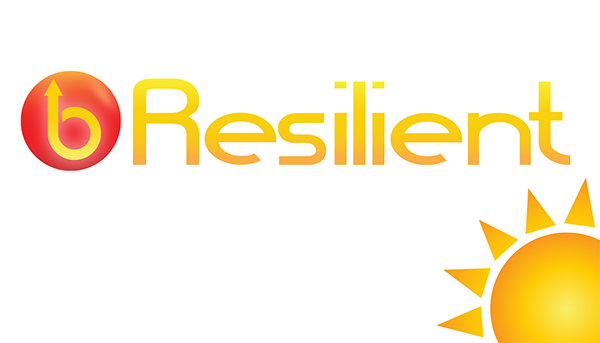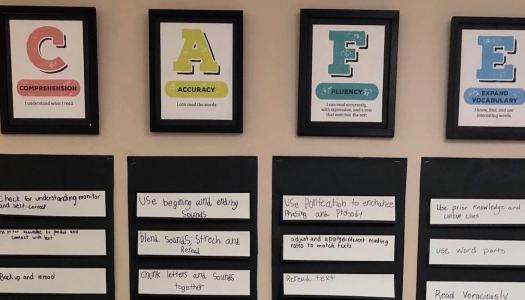
Allison Behne
In our house, choosing a movie for the four of us to watch together can be a daunting task. I like romantic comedies, my husband likes adventure, my daughter likes thrillers, and my son likes mystery. We are all willing to branch out and watch genres other than our chosen “favorites,” but there is a distinct difference in our interests.
The last movie we watched together was an action/adventure Marvel movie, and while watching it, I realized the impact the background music had on my reactions and my anticipation of what was going to happen next. I do not do well with suspense, and my son found it funny that I covered my eyes during certain parts or tried to occupy myself with something else at times because it was “too much” for me. At one point I muted the music because it was just a bunch of fighting and the background noise was so loud. And it made such a difference . . . I realized then that the music was what was pulling me along, influencing my emotions as it changed. The music score was a game changer.
The background music in a movie or television show gives great clues to what is happening and influences the viewers’ emotions. And isn’t that true in other scenarios as well? Department stores are known for playing holiday music to help put shoppers in a buying mood, hospitals play calming music to soothe those waiting, musicians have opening acts to get the crowd pumped up . . . Music is powerful.
So, let’s consider our classrooms. What is the background score in your classroom? Upon entering mine at any given time, you might hear a soft conversation of students working together, laughter, whisper reading as students read to themselves, and some kind of piano or light classical music. It wasn’t always like this, but focusing time and energy on communicating expectations changed my classroom score. When students know what to do, how to do it, and when to do it, loud and chaotic “noise” is replaced by calm and purposeful engagement, which sounds much different.
And, since we know a setting’s background score influences the emotions and behaviors of those in that space, we want ours to match our desired outcome.
A few things we notice make a big difference:
- using chimes or a soft sound to signal transition
- soft music in the background during independent work time
- a good morning song or chant at the beginning of the day and a goodbye song or chant at the end of the day
- teaching students about the various levels of voices and what is appropriate at different locations and times
What would you add to this list? When planning for the year and thinking about the behaviors of your students, it can be helpful to sit and listen to the background score. Consider what might help to add or take away. Of course, in the classroom we can’t choose to hit Mute, but we can make changes to alter the overall emotion and engagement behavior of those inside.
News From The Daily CAFE
Highlights from We're New Here
Concept Mapping with the CAFE Acronym








